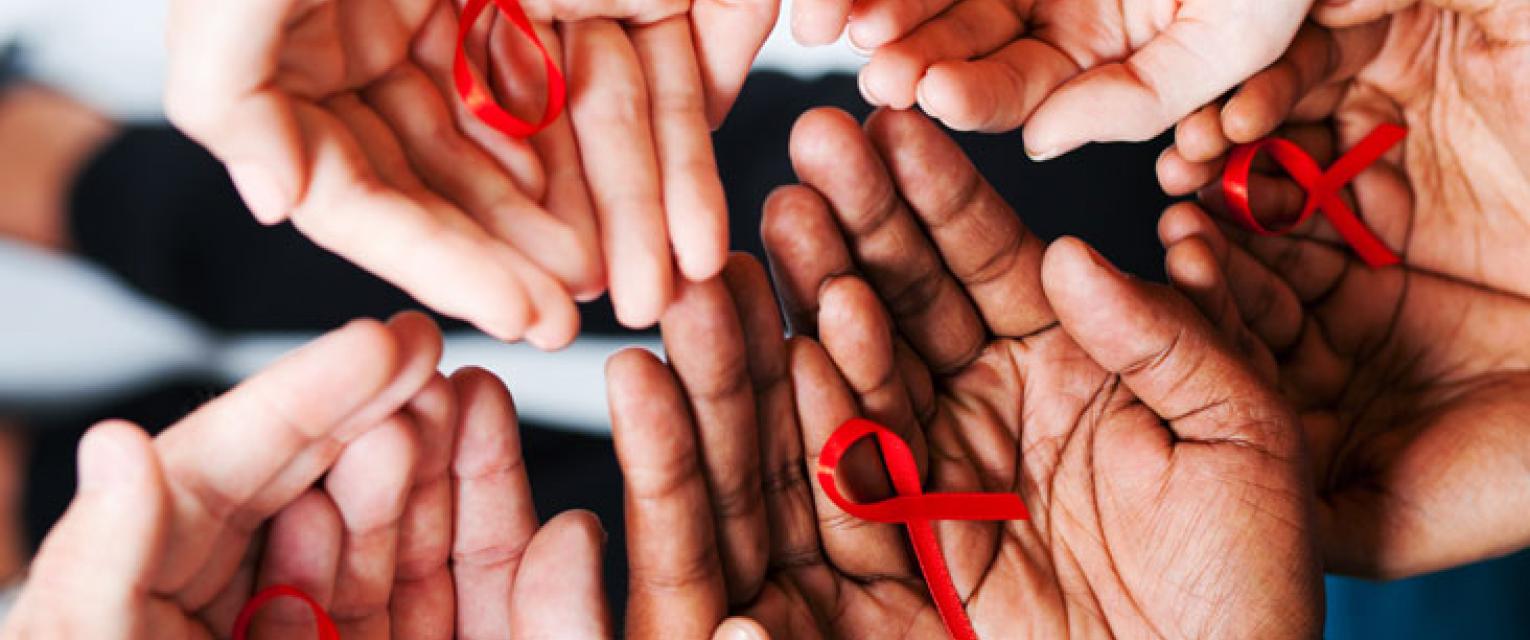Many unexpected stuff can make you happy, like getting an unexpected holiday or finding money in your pocket, or like unexpected weight loss.
NO, unexpected weight loss might just be a real serious problem, so while you may be celebrating for losing some weight, get checked up if it isn’t a symptom to any diseases or disorder!
1) Muscle loss (sarcopenia)
People tend to experience muscle loss as they age because they neglect to maintain muscle health. This kind of muscle atrophy is sarcopenia, which can begin as early as your 40s and cause unexplained weight loss and reduced strength, energy, and mobility. To avoid muscle loss, one should add more protein and vitamin D to their diet. Older adults require more protein to build muscle at that age. Also, adding weights to your workouts helps build muscle mass and strength.
2) Cancer
Cancer, in general, can cause weight loss, but there are several types of cancer, such as lung, pancreatic, biliary, and colon, that are known to lead to unexplained weight loss. Abnormally functioning cancer cells grow out of control, speed up your metabolism, and wear out your entire body by using its resources, which causes weight loss. Cancer treatments can also lead to weight loss. Radiation and chemotherapy often cause a decrease in appetite, and it can lead to side effects, including nausea, vomiting, and mouth sores that discourage eating.
3) HIV and AIDS
AIDS, Acquired immunodeficiency syndrome, chronic and potentially life-threatening disease that is caused by HIV, human immunodeficiency virus. HIV can make it harder for your body to absorb nutrients, which causes malnutrition and can lead to a decreased appetite. While there’s no cure for HIV or AIDS, there are medications that can dramatically slow the progression of the disease and allow you to live an otherwise healthy life.
4) Depression
Usually, when a person is depressed, he or she losses interest in almost everything that exists in life, even the ones they enjoyed previously. In this mood-disorder, giving up eating is one common thing that is found, whereas many start overeating. But, depression does result in weight loss which isn’t healthy at all. While there’s no one single cause of depression, many cases can be treated effectively with medication and therapy, although some antidepressants can also contribute to further weight loss.
5) Diabetes
Diabetes is often associated with weight gain or obesity, but surprisingly, weight loss can be one of the diabetes symptoms. When the body is no longer able to produce insulin sufficiently, glucose is no longer making it into the bloodstream to be used as energy. When there is an insufficiency in insulin, the body starts burning fat and muscle for energy, causing a reduction in overall body weight. If you are a diabetic and are experiencing weight loss, you need to see your doctor asap.
Let us know if this article helped you in any way, also suggest what you’d like us to write on.


